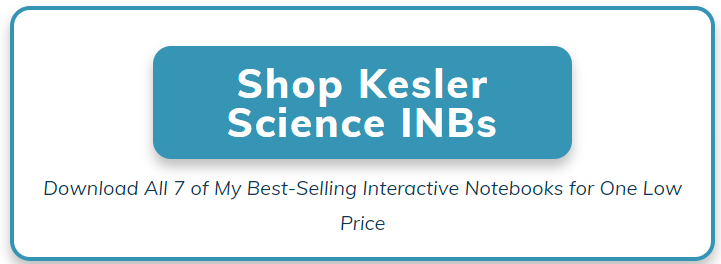The latest installment to my Interactive Science Notebook series is based on the structure of life unit. I'm a huge fan of using science journals to compartmentalize learning and to use as a resource on assessments. The structure of life science notebook pages can be downloaded to use in your classroom.

Every Interactive Notebook is also available as a one-of-a-kind digital version! Enjoy easily editable PPTs and Google Slides, reflection pages for students to demonstrate their understanding, ample space for student notes, a teacher answer key, and a separate modified version for students with accommodations.
Body Systems
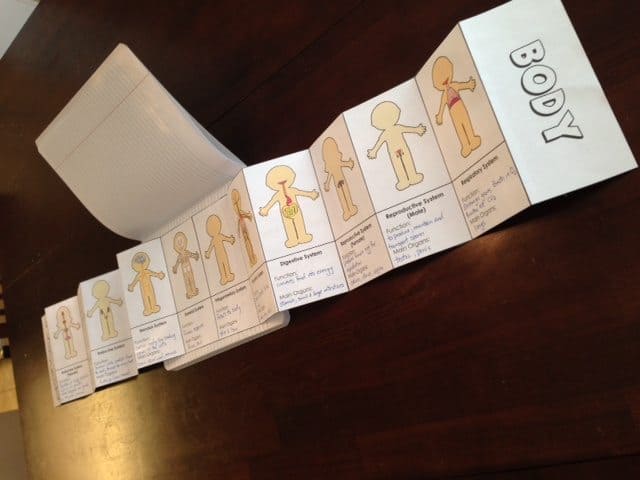
The first activity in the journal allows your students to understand the different body system names and function by providing them with an interactive flip out. The included body systems are the Integumentary, Circulatory, Digestive, Muscular, Nervous, Skeletal, Endocrine male/female, Excretory, Reproductive male/female, and Respiratory. Both color and black & white versions are included for those of teachers that have to print them out on a school copier.
Cells
The next activity is a cells diagram flip book that includes plant and animal cells. There are two different cell models that are used. One is an on-level (intro) version that only highlights the major organelles in each cell (I use this for on-level 8th grade classes), and the other is a more advanced diagram that features a more detailed level of cell organelles. Again, both color and b&w versions are available.
Plant and Animal Cells
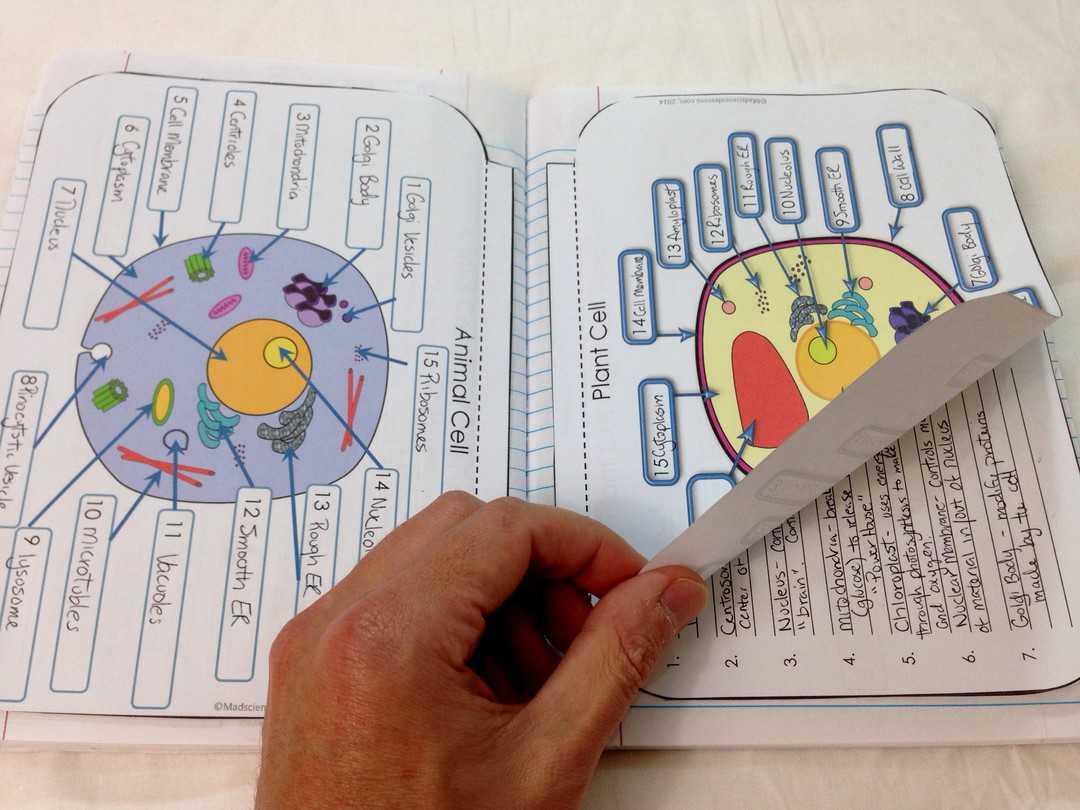
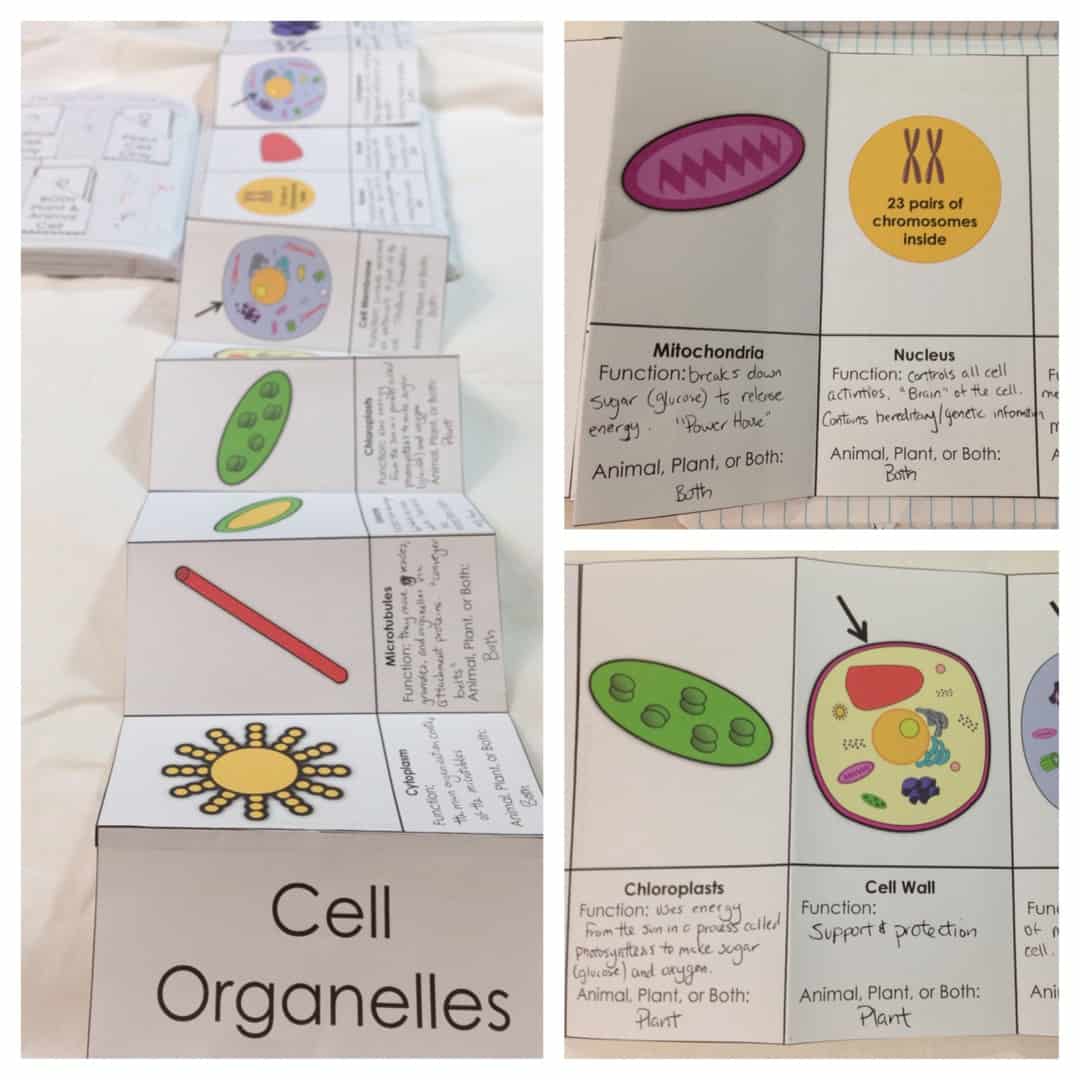
In addition to the plant and animal cell flip book I have included a plant and animal cell organelle fold out. This fold out helps the students learn each of the different organelle name as well as the function that they perform. The organelles that are included are Centrosome, Microtubles, Lysosome, Chroloroplasts, Cell Wall, Cell Membrane, Mitochondria, Nucleus, Vacuole, Cytoplasm, Ribosome, Golgi Body, Centrioles, Rough ER, Smooth ER, and Golgi Vesicles. The layout is designed that you can mix and match which organelles that you want to use for your class. Color and b&w versions included.
Another plant and animal cell activity that is included is a card sort that can be pasted into the students science journal or interactive notebook. This activity has students matching the organelle with either a plant cell, animal cell, or both.
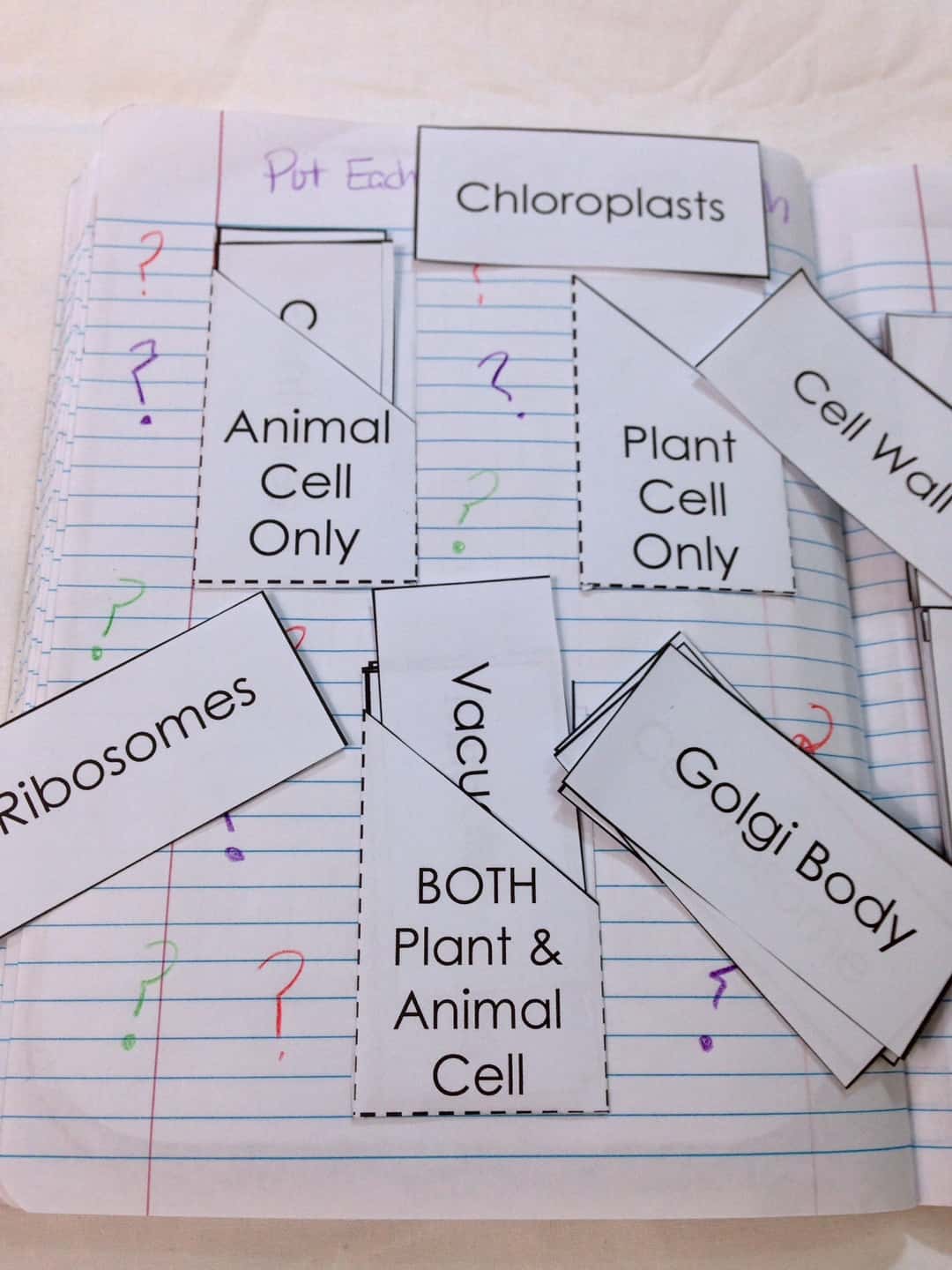
Eukaryotic and Prokaryotic Cells
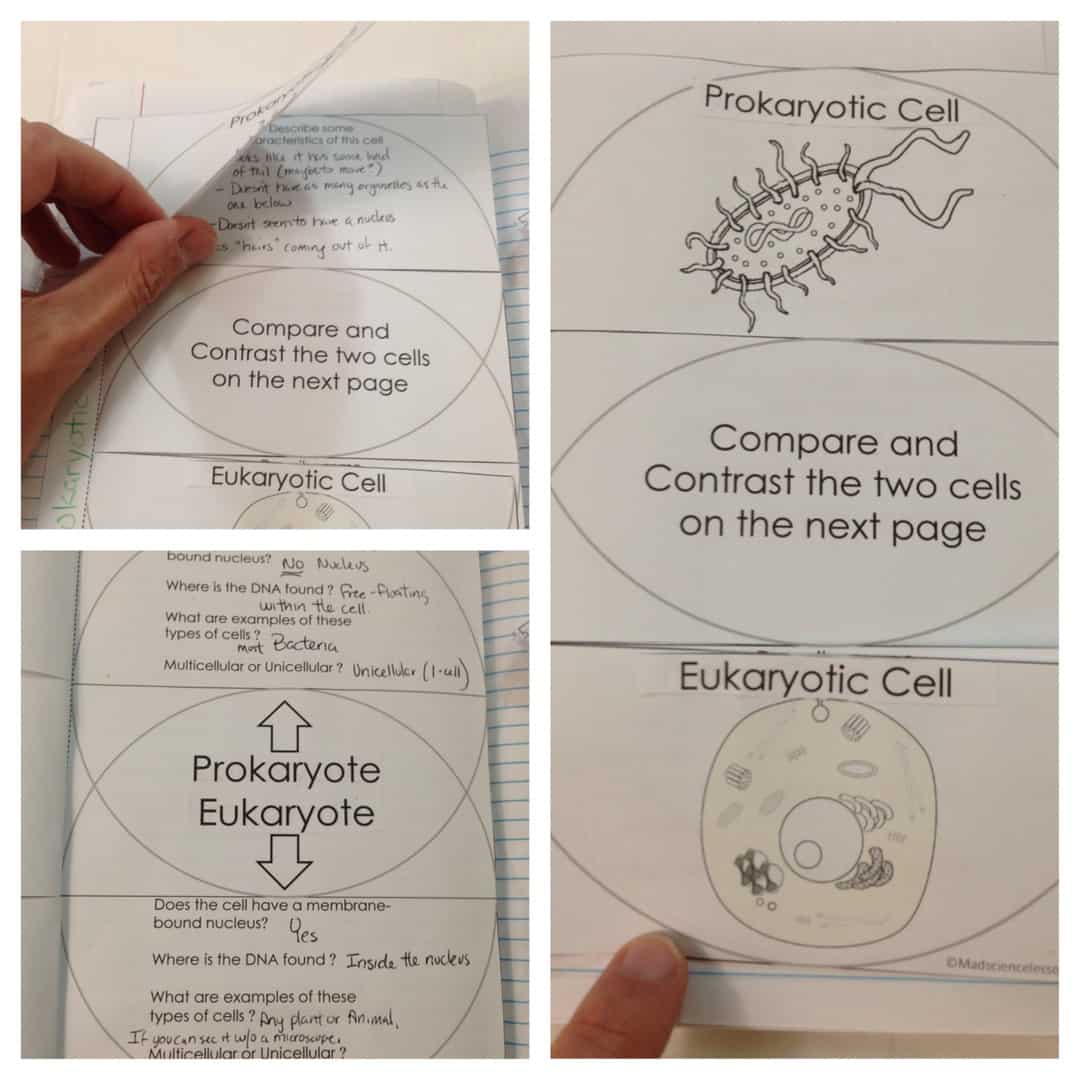
One of my favorite activities in this set has students exploring the difference between eukaryotic and prokaryotic cells. This 3 page activity will allow students to make some observations about the different types of cells and the lead them into what they are called and what the differences and similarities are between them.
Cell Theory, Genetics, and More!
The next set of activities includes the following:
- Genetic Information Organization Accordion (DNA, Genes, Chromosomes, Nucleus)
- Characteristics of Organisms Wheel - (Sexual, Assexual, Autotroph, Heterotroph, Unicellular, Multicellular, Eukaryotic, Prokaryotic)
- Cell Theory Flipable Including Famous Scientists
- Levels of Organization of Living Things Accordion (Cell, Tissue, Organ, Organ System, Organism)
Each of these activities can be used to supplement student learning about this somewhat difficult concepts. I have found that providing my students with graphic organizers helps them synthesize their learning at a much faster pace.
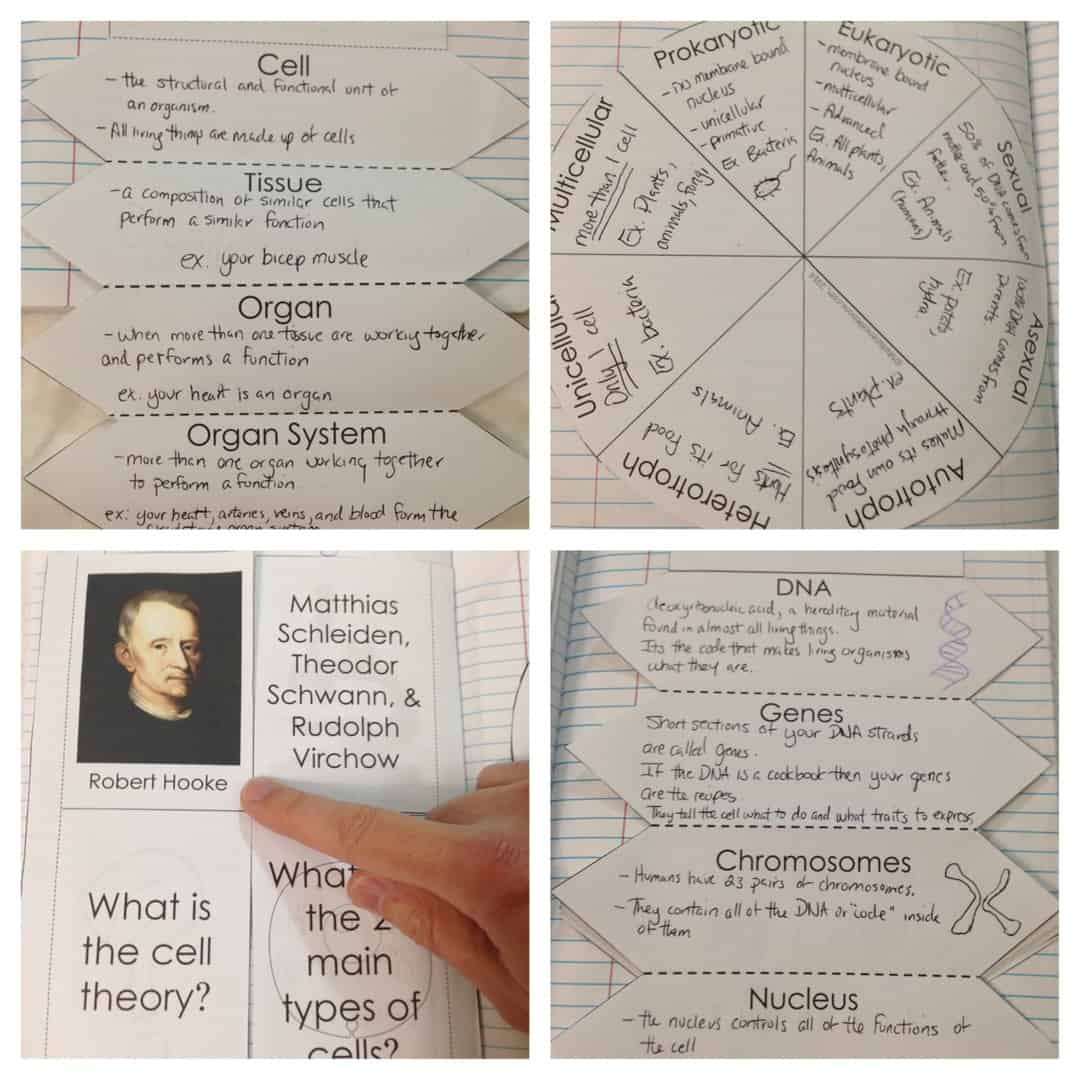
I have also included some blank vocabulary templates and an activity dealing with the 6 Kingdoms. Students will learn the 6 kingdoms, be able to list examples in each, and draw pictures to help organize their thoughts.
You can download the structure of life interactive notebook templates from my TPT store.
Download Over $100 in FREE Resources
For Middle School Science
Simply create a login below and gain immediate access to a selection of our Kesler Science product line worth $100 - for FREE. There's a full version of every product type! You'll also join tens of thousands of middle school science teachers who receive timely tips and strategies straight to their inbox.

